
- Education Forums
Flora & Fauna of Trinity: Grapes and Vines
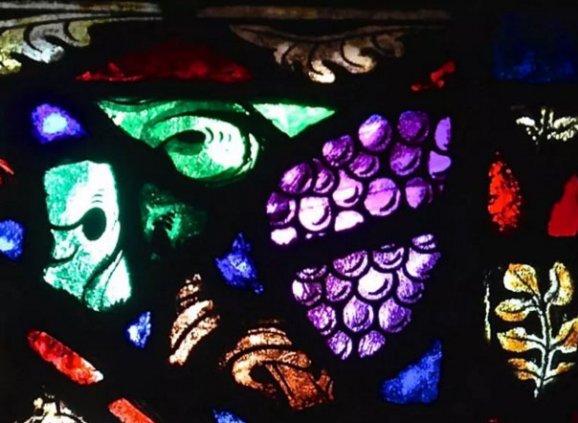
Parishioners Beverly Fisher Crawford and Peter Smiledge have collaborated on a new series for Trinity's blog. Through evocative words and stunning images, they invite us to discover, examine, and meditate on the plant and animal imagery in Trinity Church. This week, they look at grapes and vines...
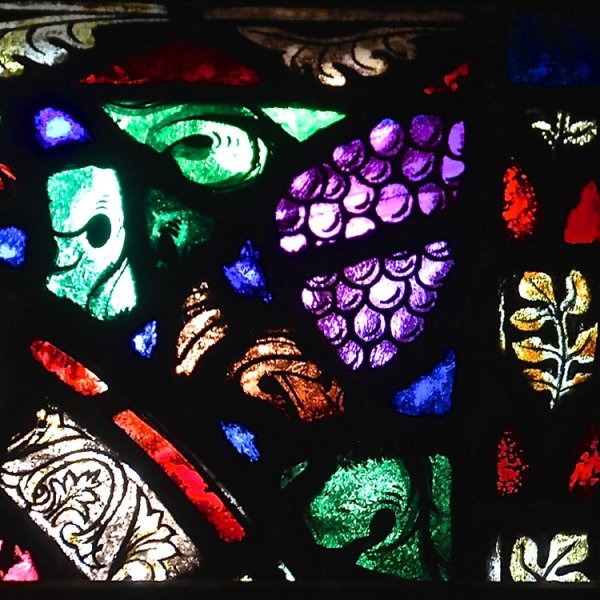
Perhaps no other plant – as well as its principal product, wine - is mentioned more frequently in the Bible than the grapevine. Along with cultivating grain and olives, grape growing and winemaking were essential elements of life in the ancient world. In Hebrew scripture, Noah is identified as the first grower of grapes, vintner, and consumer of wine. Psalm 104 tells us that “wine maketh glad the heart of man.” The vineyard was an apt and easily understandable metaphor for the relationship between God and his people. “For the vineyard of the Lord of hosts is the house of Israel” (Isaiah 5:7). In the New Testament, Jesus extends the metaphor by declaring in John’s Gospel: “I am the true vine and my Father is the husbandman” and “I am the vine, you are the branches.”
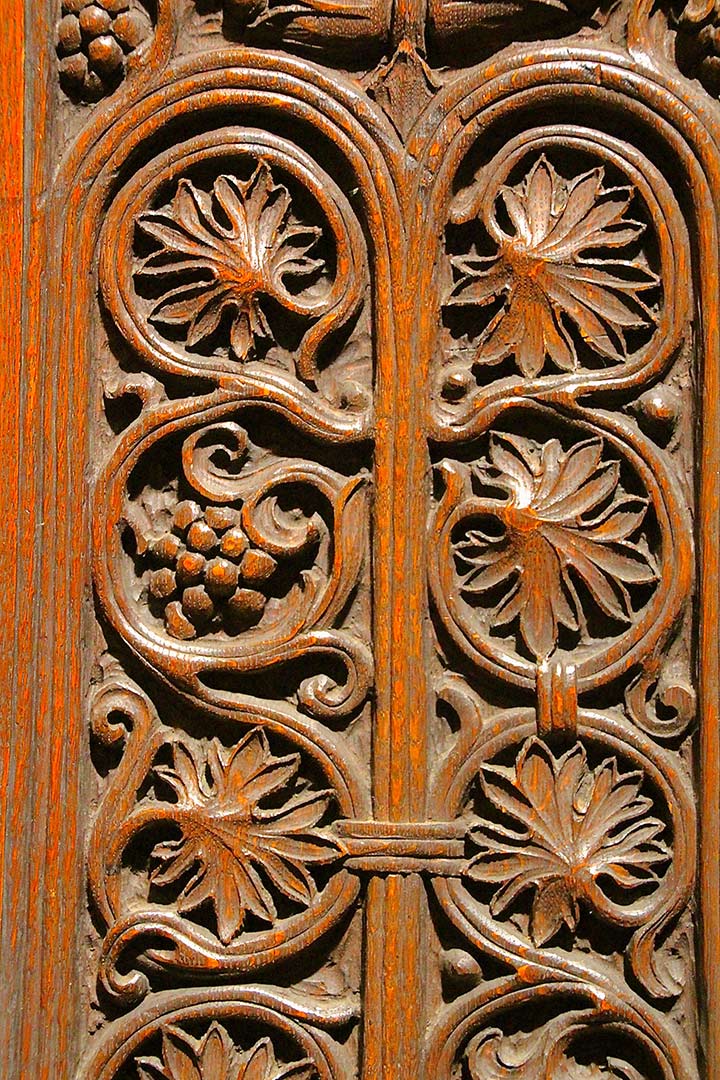
Given its prominence in scripture and its rich symbolism, it is no surprise that the vine was a frequently used symbol in Trinity Church. This motif is most prevalent in the chancel, beginning with the stone choir rails on either side of the broad step. Designed by architect Charles Coolidge and executed by stone carver John Evans, these richly carved, Byzantine style sandstone rails were installed early in the 20th century.
The grapevine was used extensively as a decorative element in the altar ensemble, making a representational and a literal connection to scripture. The vine motif on the front of the altar is reprised on the sides and on the flanking celebrant chairs. As you pass the table at the right end of the altar, find the relevant engraved text from John.
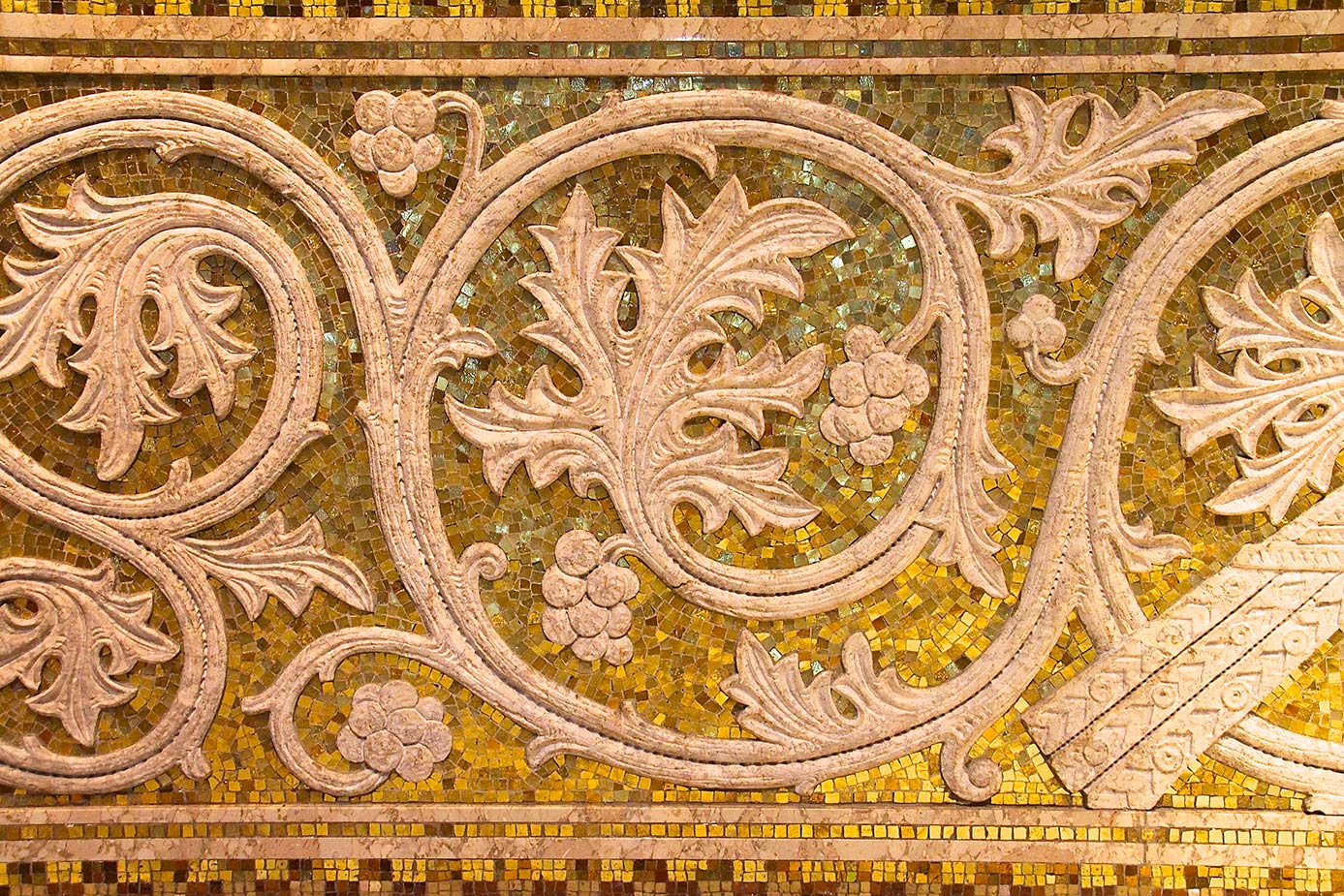
To the left and right as one enters the church are two beautiful – easily overlooked - stained glass windows which include more grapevines. Executed by Boston stained glass artist Margaret Redmond and installed in 1927, these neo-gothic style windows with jewel like clusters of glass show the four evangelists (right) and the apostles (left). Notice that the figures are surrounded by grape vines and grapes.
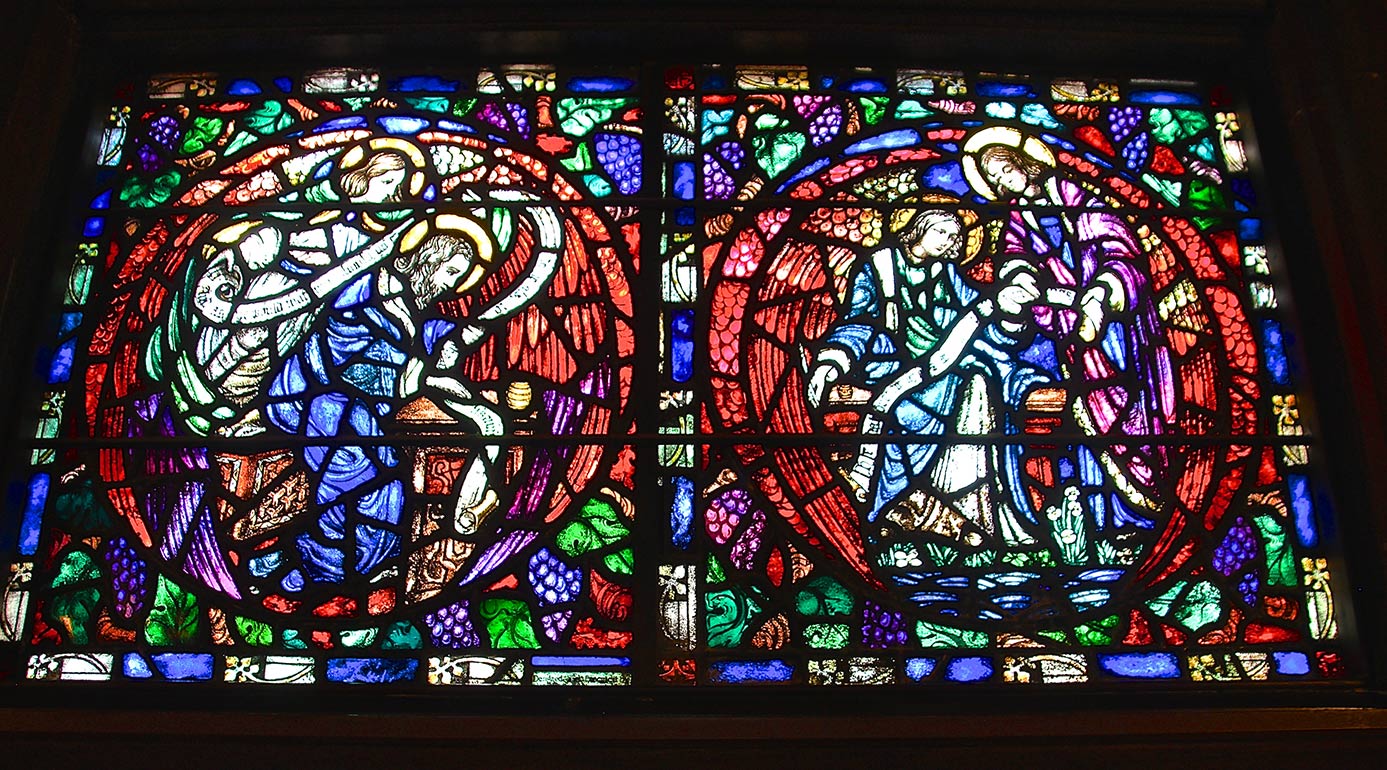
Now look again and see how many more grapes and vines you can find in and around Trinity Church.
- January 2024
- December 2023
- November 2023
- October 2023
- September 2023
- June 2023
- May 2023
- April 2023
- March 2023
- February 2023
- January 2023
- December 2022
- November 2022
- October 2022
- June 2022
- May 2022
- April 2022
- March 2022
- February 2022
- January 2022
- November 2021
- October 2021
- September 2021
- August 2021
- July 2021
- June 2021
- May 2021
- April 2021
- March 2021
- February 2021
- January 2021
- December 2020
- November 2020
- October 2020
- September 2020
- August 2020
- July 2020
- March 2020
- February 2020
- January 2020
- December 2019
- November 2019
- October 2019
- September 2019
- August 2019
- July 2019
- June 2019
- May 2019
- April 2019
- March 2019
- February 2019
- January 2019
- December 2018
- November 2018
- October 2018
- September 2018
- August 2018
- July 2018
- June 2018
- May 2018
- April 2018
- March 2018
- February 2018
- January 2018
- December 2017
- November 2017
- October 2017
- September 2017
- July 2017
- May 2017
- April 2017
- March 2017
- February 2017
- January 2017
- December 2016
- November 2016
- October 2016
- September 2016
- August 2016
- May 2016
- April 2016
- March 2016
- February 2016
- January 2016
- December 2015
- November 2015
- October 2015
- October 2013
- September 2013
At "Educational Forums," enrich your spiritual journey by exploring our resources including videos of lectures, essays by priests, and other pieces about our faith, our church, and what it means to be a disciple of Jesus in the 21st century.

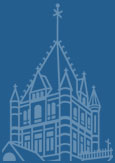
Comments